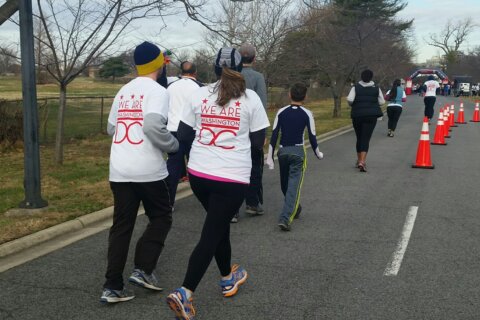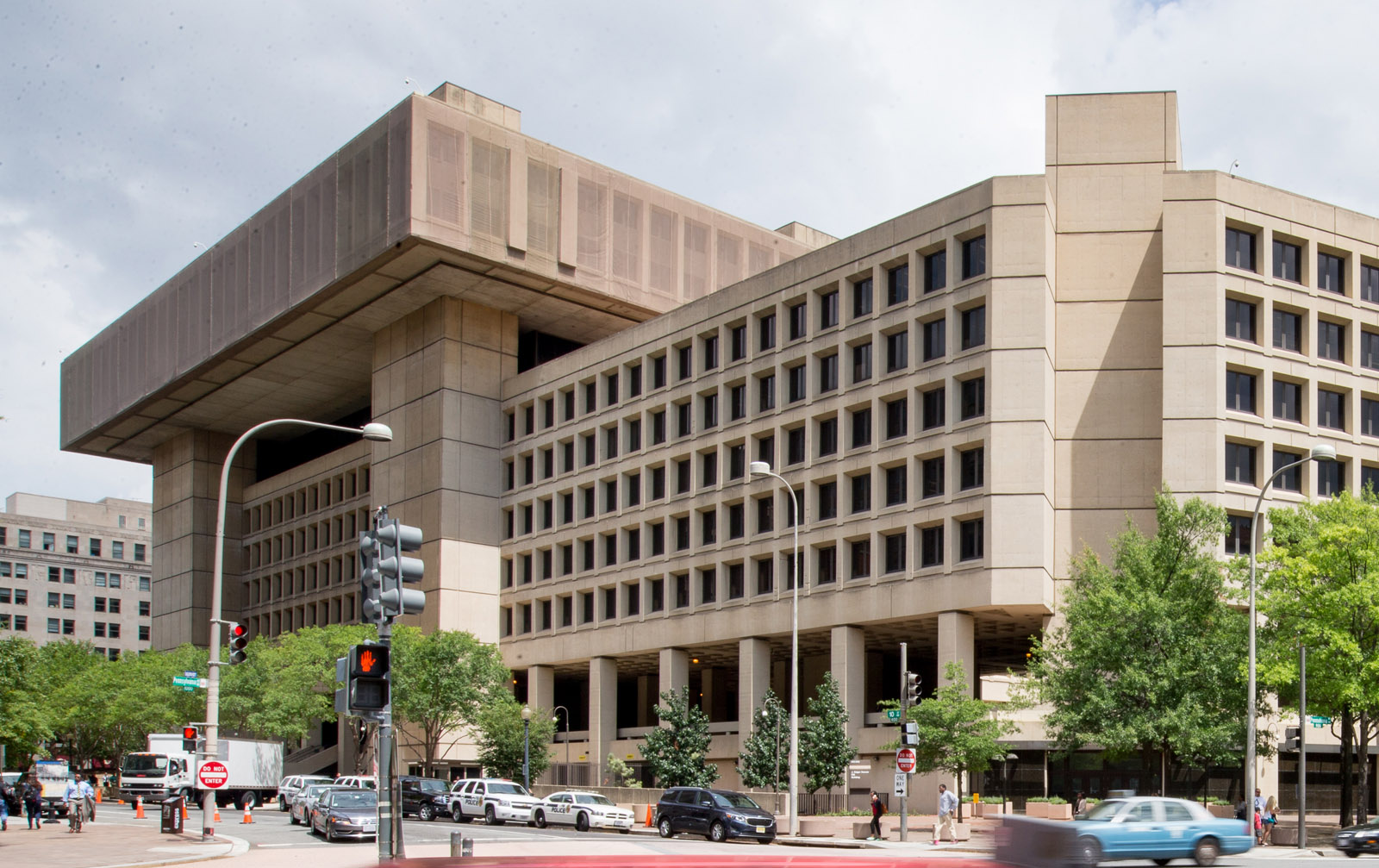WASHINGTON — Efforts to tackle the problem of invasive plants that harm and kill trees continue in the D.C. area.
The National Park Service wrapped up its long-term strategy to reduce invasive plants, including English ivy, at 15 national parks in and around the D.C. region.
NPS said these nonnative plants threaten the health and beauty of the parks and can damage the parks’ ecosystems and historical sites.
Though “English ivy” may sound pretty, it is a highly-aggressive invasive plant that is one of the most widespread nonnative plants in the country. Besides killing trees, it has been known to damage buildings.
“English ivy is one of the worst invasive plants here in the Washington area,” said Steve Dryden, an environmentalist affiliated with the Rock Creek Conservancy.
Dryden said that because the plant is from Europe, it does not have any natural enemies here. English ivy spreads easily, he said, and it is so well established in our area that it is next to impossible to completely eradicate it.
“It’s a horrible problem. It just takes over everything,” he said.
The English ivy slowly kills trees by stealing the nutrients and water from the soil, covering the tree and blocking sunlight. Dryden said the ivy covers the ground surrounding the tree and also grows onto the trunk, essentially smothering it completely. The ivy also harbors disease and digs its roots into the tree bark.
According to the Rock Creek Conservancy, volunteers with National Park Service and Montgomery County Parks ended up freeing 10,000 trees in Rock Creek Park last year. Now the next target is the Bush Honeysuckle. It is an invasive bush that is found across Rock Creek Park’s watershed.
Dryden urges homeowners to get rid of the English ivy plants that may be growing in their yards. An easy way to identify the plant is by its vine, which stays green year-round.







